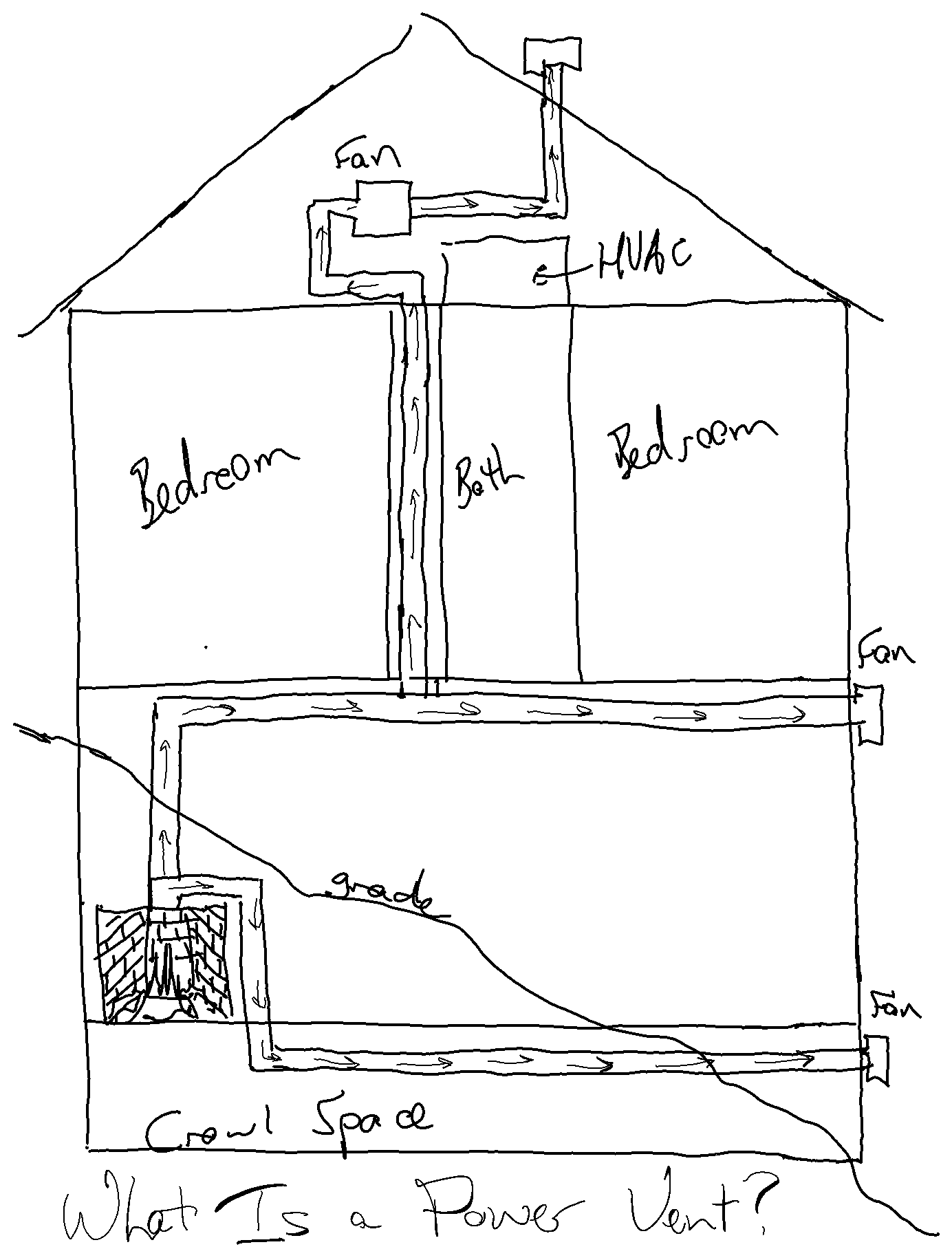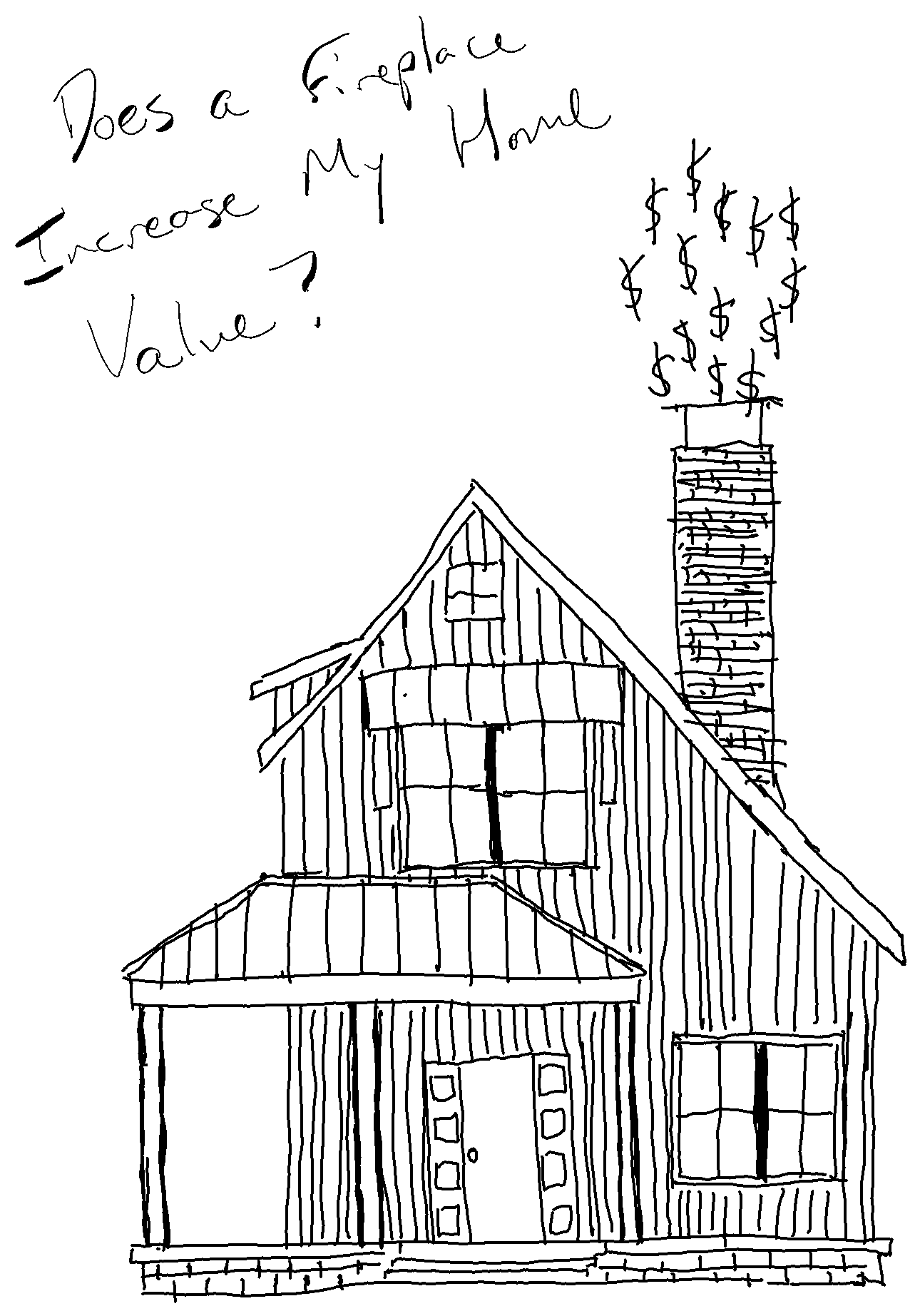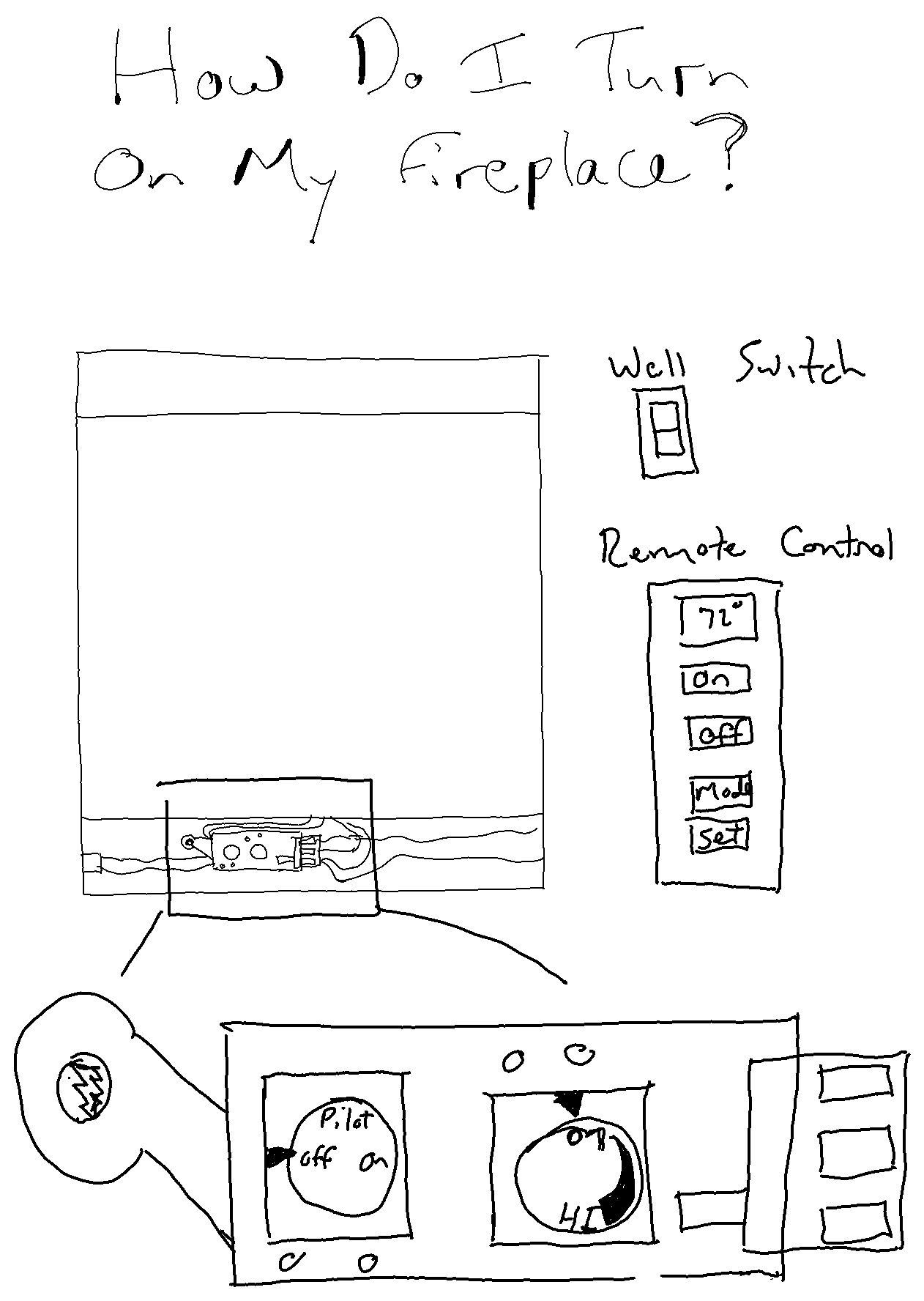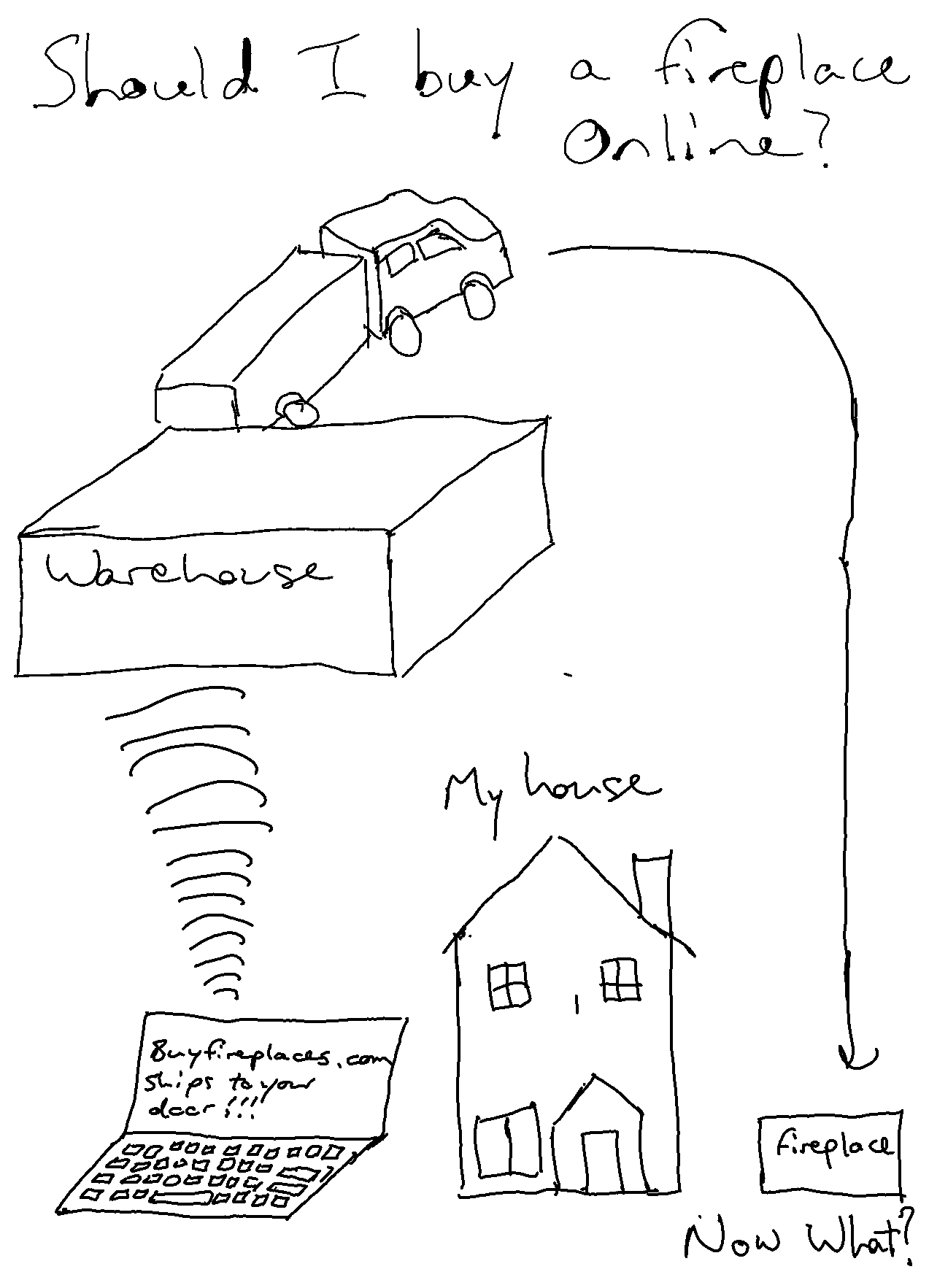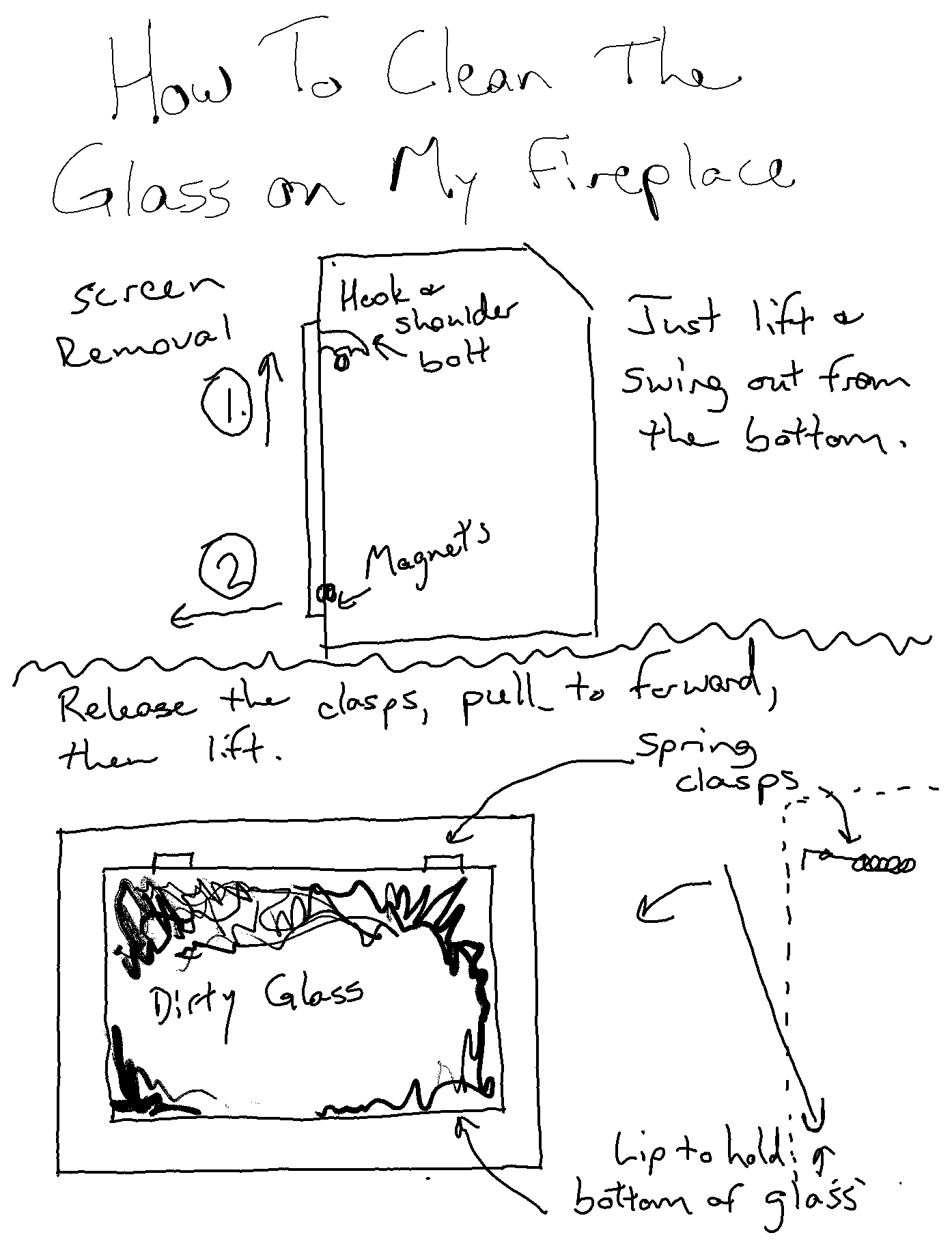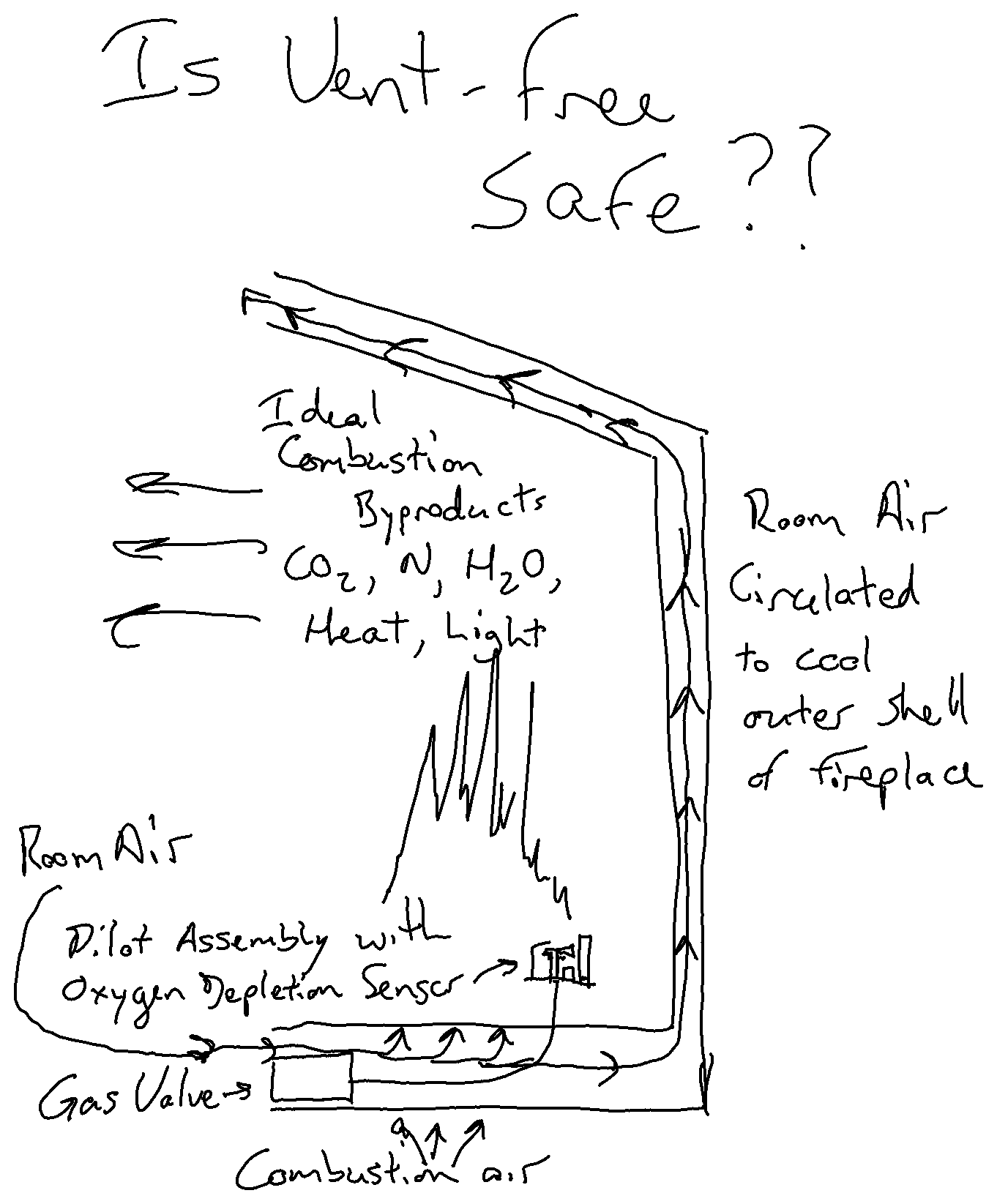
How often should I clean my Pellet Stove?
Is it hard to maintain a pellet appliance?
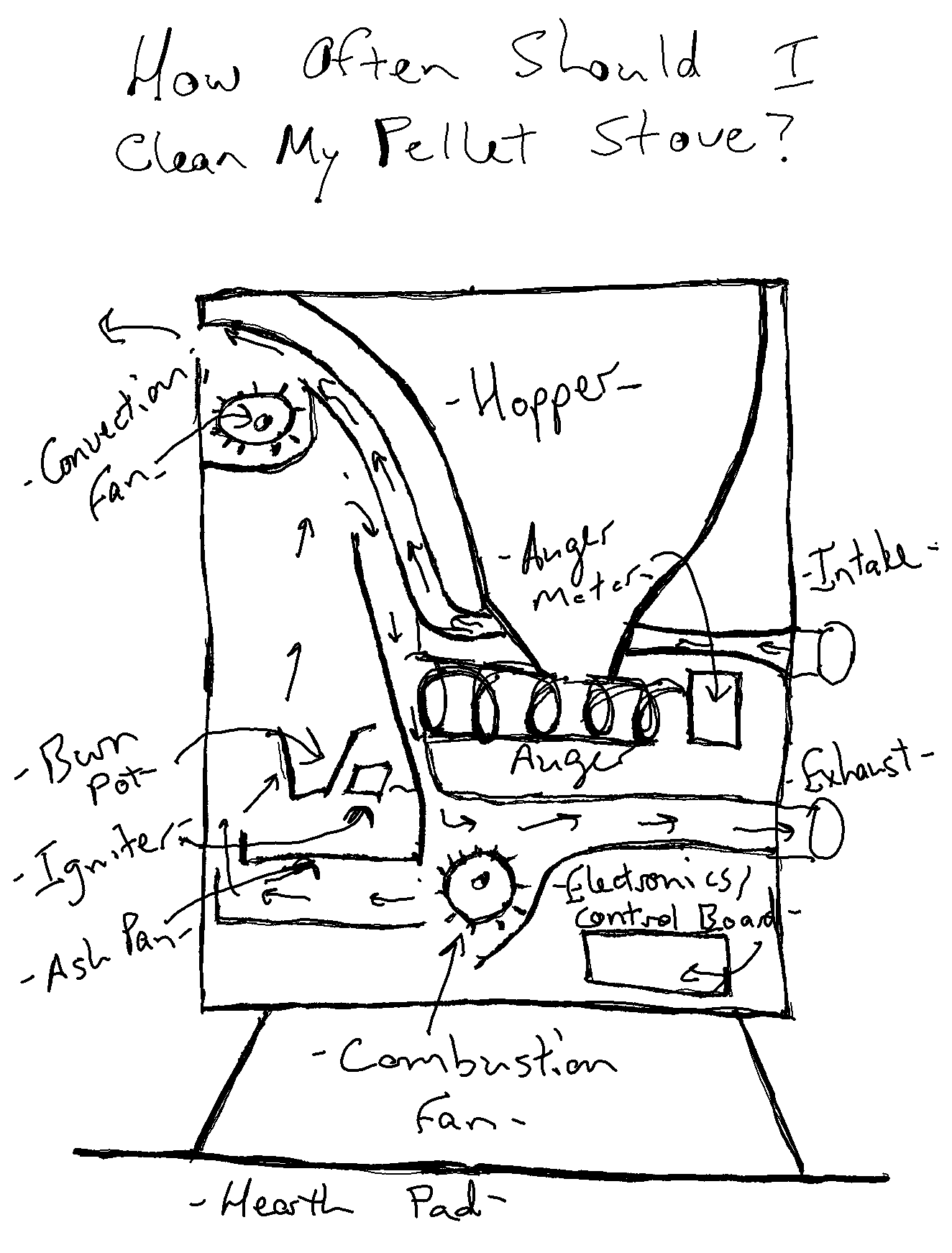
Basically, more often than you would think. If you're the type that hasn't cleaned their humidifier in months, or replaced the filter in your air conditioning unit, you'd probably make a poor pellet owner. If you're using your stove most every day, there will be some amount of cleaning needed a couple times a week. The exact schedule is always given in your owner's manual, but let's go over some of the parts that will need a regular cleaning.
The thing you'll probably clean most often is the burn pot. The little holes in it will get clogged with ash and clinkers (silicates that melt and stick together). This will prevent enough air from getting, and also separate the pellets from the igniter, so either the flame won't light, or will burn very dirty. So you'll have to get in there with a metal tool and scrape it and unclog those holes 2-3 times a week if you're using it heavily. A stiff metal brush works quite well for this. While you're in there, go ahead and use the heat exchanger cleaning tool to give those heat exchanger tubes a clean as well. They'll get fly ash in them, which will make the stove less efficient. It won't hurt to give the glass a bit of a wipe then too. If you let that soot build up too much on the glass it will bake on and get much more difficult to clean. There are some good wood stove glass cleaners available that make that pretty easy. Get very used to these few steps, you'll need to do them a lot over the course of a winter. Basically if you think you're doing it too much, you're doing a great job. These steps will keep your stove burning cleanly and efficiently.
Also depending on how often you burn, you'll need to get in and clean out the ash pan once a week. For this, it's easiest to get a wood stove vacuum. These are bagless, all metal, so that if you get any embers in there, you won't have a mishap. The alternative is basically to scoop. Also, if your vacuum sits directly on the floor without wheels, make sure to set it on something non-combustible. Carpet is at risk.
This brings us to the most important, but least frequent parts of the cleaning. This is everything outside of the combustion chamber, that needs to be cleaned a couple times a year, once a year minimum if you're not using it often. Now this part can, and probably should, be done by a professional. Getting it done thoroughly will help your stove to last as long as it can. I've seen stoves start breaking down on the second season if not cleaned properly. This is the full strip-down and clean-out of the intake tubes, exhaust, behind the liners and cover plates, all the blower motors, auger motor. You've got to get all the dust, pet hair, pellet residue, soot, everything out of there. If you're going to do it yourself, you'll need a set of soft brushes and extension attachments for your vacuum so you can get all into the nooks and crannies, and really get it emptied out.
If you're willing to do this maintenance, pellet appliances can be great for heating, especially in this era of higher gas prices. Just remember to always get premium pellets, even if your stove says it can burn on lower quality ones. Also make sure to keep them in a dry area. If they're wet, save your stove, throw them away. They'll gum up the auger and blow the motor, and with lower quality pellets you'll have to clean even more often. Moral of the story; Keep it clean, stay cozy.
More from Fireplace Wizard


